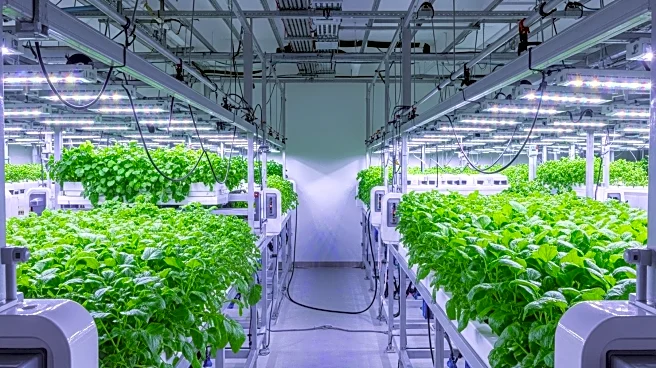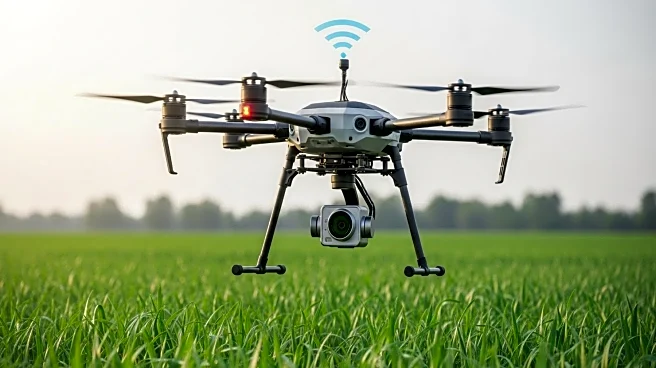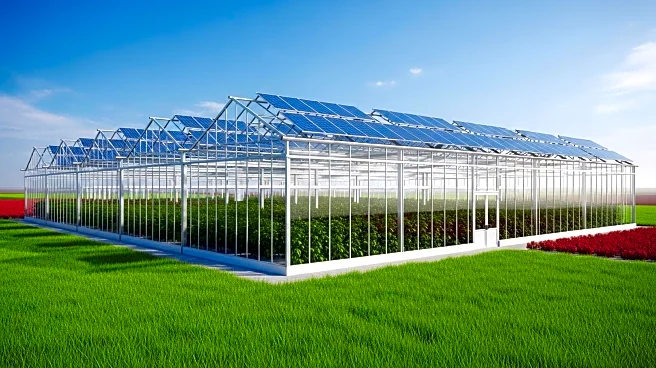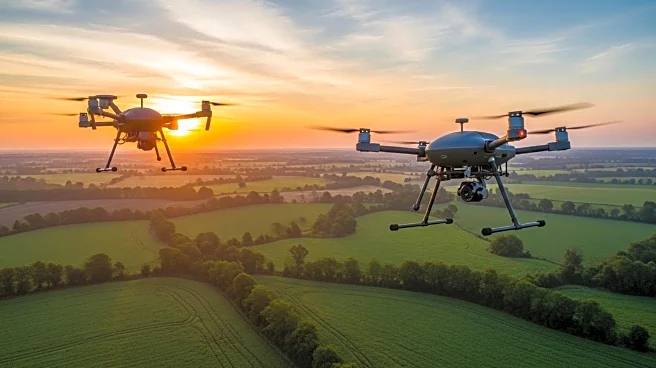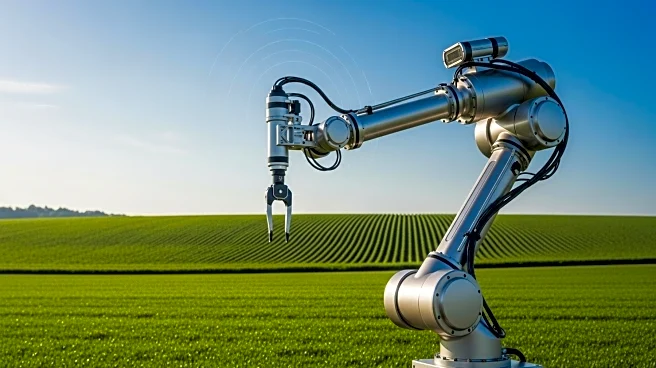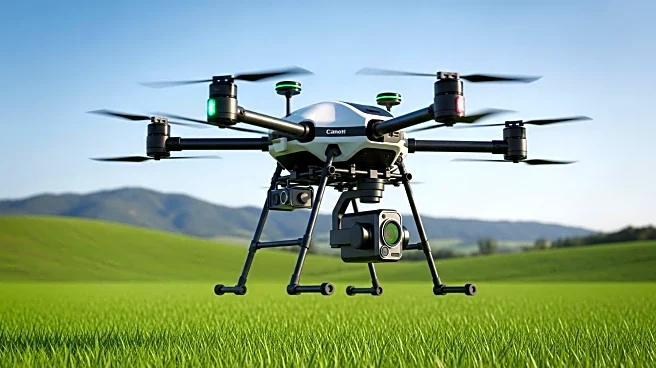What is the story about?
What's Happening?
The United States indoor farming market is experiencing significant growth, with projections indicating an increase from USD 34.2 billion in 2022 to USD 56.1 billion by 2031. Recent developments include Gotham Greens' expansion of urban agriculture through hybrid growing methods and Sensei Farms' acquisition of a large greenhouse site in Texas. Additionally, Zordi has secured Series B funding to enhance its robotics technology for indoor agriculture. These advancements highlight the increasing adoption of innovative farming techniques to optimize space and energy efficiency in urban settings.
Why It's Important?
The growth of the indoor farming market in the U.S. is crucial for addressing food security and sustainability challenges. By utilizing vertical and horizontal growing methods, indoor farms can produce crops efficiently in urban areas, reducing the need for extensive land use and minimizing transportation emissions. The integration of robotics and automation further enhances productivity and reduces labor costs. As the demand for locally sourced, fresh produce rises, indoor farming offers a viable solution to meet consumer needs while supporting environmental goals.
What's Next?
The indoor farming industry is expected to continue its expansion, driven by technological advancements and increased investment. Companies are likely to explore new markets and partnerships to enhance their capabilities and reach. The focus on sustainability and energy efficiency will remain a priority, with potential regulatory support to encourage further adoption. As the industry evolves, stakeholders may see increased collaboration between technology providers, agricultural experts, and policymakers to address challenges and maximize the benefits of indoor farming.
AI Generated Content
Do you find this article useful?
